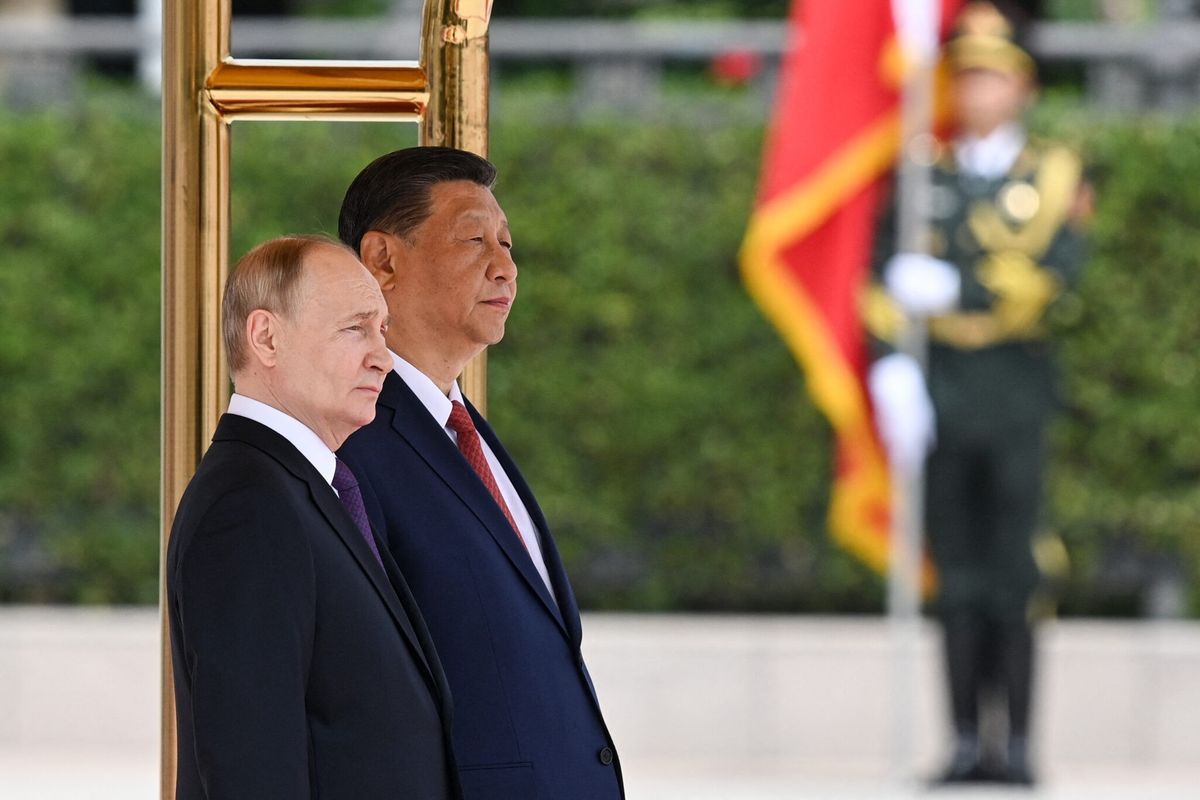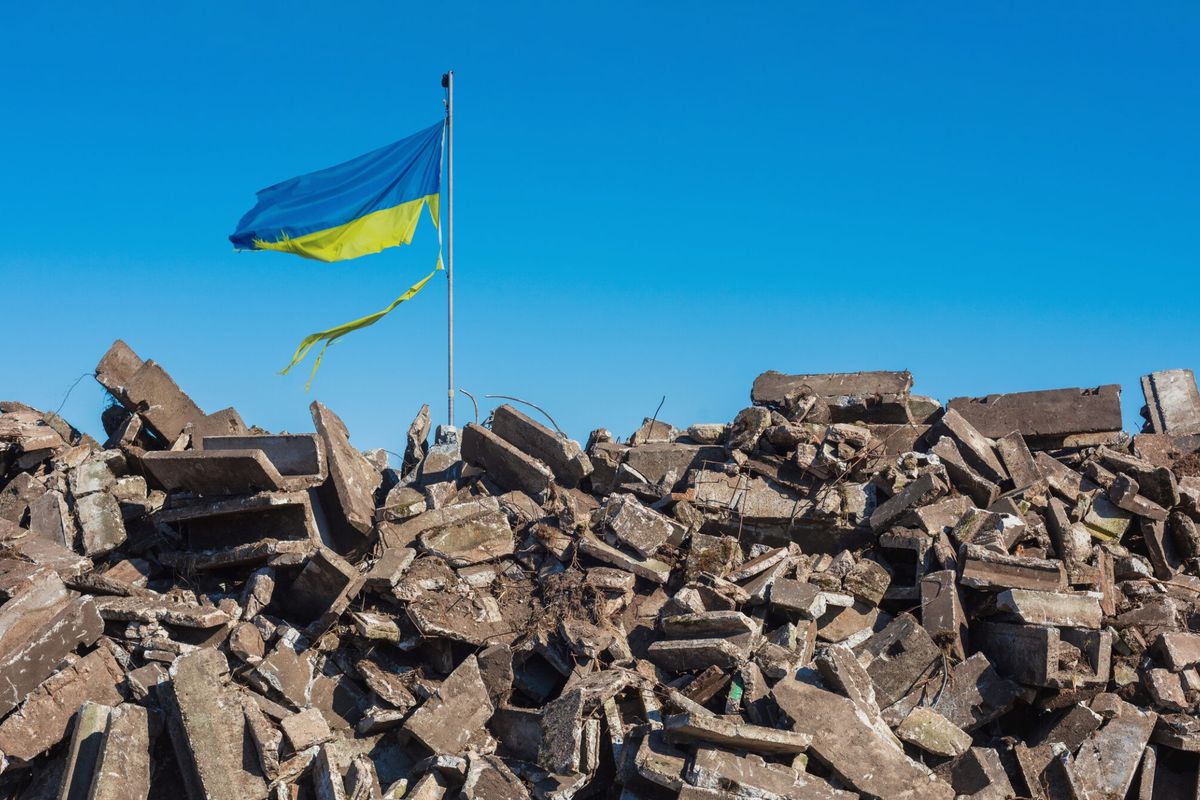North Korea’s nuclear saber rattling is raising concerns about further proliferation in the region. There is a risk that should they feel sufficiently threatened by developments in neighboring states, the Republic of Korea (ROK, or South Korea), Japan, and/or Taiwan (the Republic of China) could take steps in the direction of developing nuclear weapons. All three are publically committed to global nonproliferation norms and treaties, and there is no reason to suspect that any are evading their obligation to forgo nuclear weapons. Nonetheless, each has civil nuclear capabilities that give them varying degrees of latent capacity.
There is a history of concern about the nuclear potential of all three democracies. Seoul began a covert nuclear weapons development effort in the early 1970s, largely in reaction to withdrawals of some U.S. forces from the peninsula. Taiwan began a similar effort after mainland China’s first nuclear test in 1964. Both efforts were shut down at an early stage after the U.S. learned of them, and both tried again later with the same result. Japan, for its part, has periodically considered the merits of using its advanced nuclear capabilities to develop a nuclear deterrent and consistently decided against it.
In today’s environment, it is not surprising that the loudest voices in favor of new weapons efforts are in South Korea. Politicians and academics in Seoul have increasingly argued that North Korean nuclear advances require a response in kind. Polls show that a majority of the public supports development of a South Korean bomb. Nonetheless, the ROK government remains firmly opposed to weapons development and understands that such a course would not only jeopardize its relations with the U.S. but damage its international standing and economic position.
Long before the current discussion of nuclear options, South Korea has chafed under what it perceives as a double standard with respect to advanced nuclear fuel cycle activities. Although Seoul has a well-developed nuclear industry and exports nuclear power plants, the U.S. has checked its interest in pursuing activities such as plutonium reprocessing and uranium enrichment. These processes can have legitimate civilian applications but are also the means for production of fissile material that is necessary for nuclear weapons. If South Korea were to develop these technologies, even under safeguards, it would bring the country closer to a weapons capability and amount to what is often called a “nuclear hedging” strategy.
Unlike South Korea, public sentiment in Japan still strongly opposes nuclear weapons. Nonetheless, Japan has the most advanced nuclear capabilities of any non-weapons state, including robust uranium enrichment and fuel reprocessing programs that provide an implicit nuclear hedge. Japan’s nuclear program began in the 1950s, with the goal of energy independence, and advanced to include the more sensitive nuclear technologies by the 1970s and 80s. All of Japan’s nuclear efforts are safeguarded and monitored by the International Atomic Energy Agency. Nonetheless, if Japan were to decide to develop nuclear weapons—either because of North Korean or Chinese security threats, a lack of confidence in U.S. security guarantees, or a collapse of the international nonproliferation regime—it has the capability to do so in short order.
Taiwan is perhaps the least likely of the three to pursue nuclear weapons. It lacks sensitive fuel cycle facilities, embraces a strong nonproliferation ethic, and accepts close U.S. monitoring of its nuclear activities. Mainland China, rather than North Korea, is Taiwan’s key security concern. Since Taiwan’s earlier weapons efforts, the cross-straits relationship with the mainland has evolved from direct confrontation into a complex web of relationships and unwritten rules. Taiwan understands that any move towards weapons would not only upset the relationship but not provide any real protection against the mainland’s overwhelming conventional and nuclear superiority.
What should the U.S. do to enhance its nonproliferation agenda in East Asia? What are the danger signs, and what should we look for to avoid proliferation surprise?
- North Korea’s aggressive nuclear efforts are the key risk factor affecting South Korea’s nuclear decision making. The U.S. should look for ways to constrain, if not reduce or eliminate, North Korea’s nuclear and missile development.
- Confidence in U.S. security guarantees is necessary to minimize any incentive to move in the direction of nuclear weapons. The U.S. should continue to reassure its allies in the region of its continued commitment to their security and closely monitor public and official attitudes on this question.
- Nonproliferation interests would be best served if South Korea continued to refrain from pursuit of sensitive nuclear technologies and Japan stepped back from its plans to carry out large scale nuclear fuel reprocessing.
- It is important to maintain and strengthen the norm that forgoing nuclear weapons is a necessity for economic development, global integration, and to be seen as an international “good citizen.”
Finally, a major positive factor is that the ROK, Japan, and Taiwan are all robust democracies with informed citizens and an open press. Earlier clandestine nuclear programs in the ROK and Taiwan were carried out in secret by authoritarian governments. Today, it is unlikely that significant nuclear weapons efforts could be kept secret. For example, South Korean insecurity is more likely to be manifested by continued interest in sensitive nuclear technologies that could provide a nuclear “hedge.” Discussion on this question provides a venue for the U.S. to reassure Seoul about the security relationship and discourage steps that would only increase the risks of further proliferation in East Asia.









